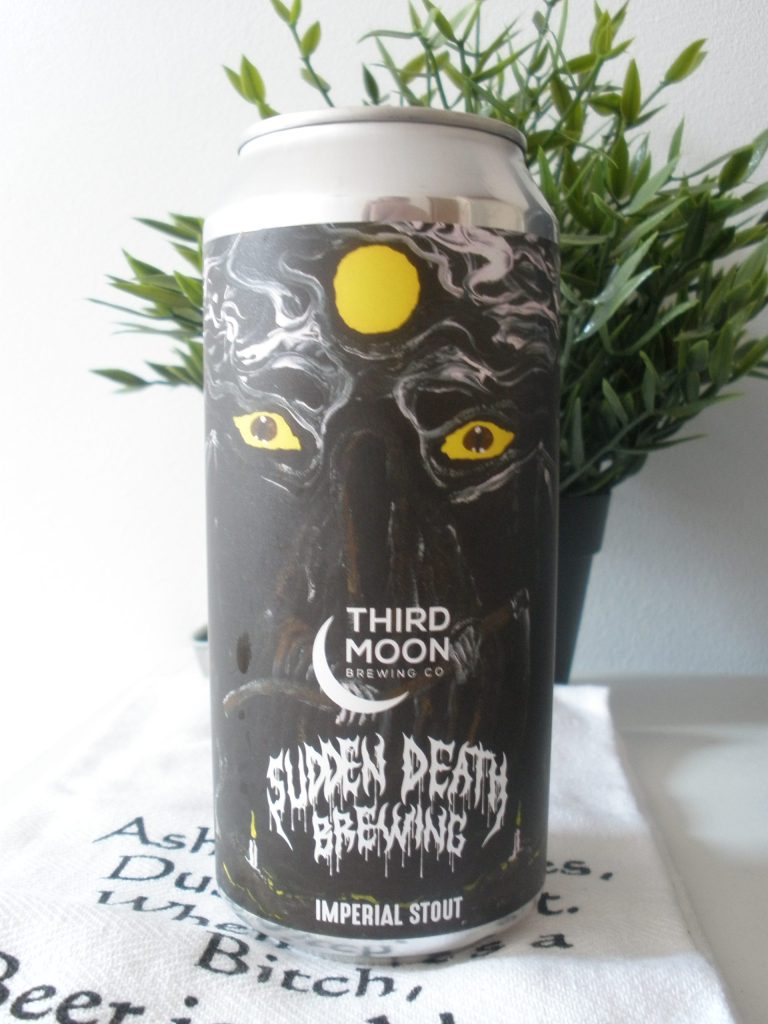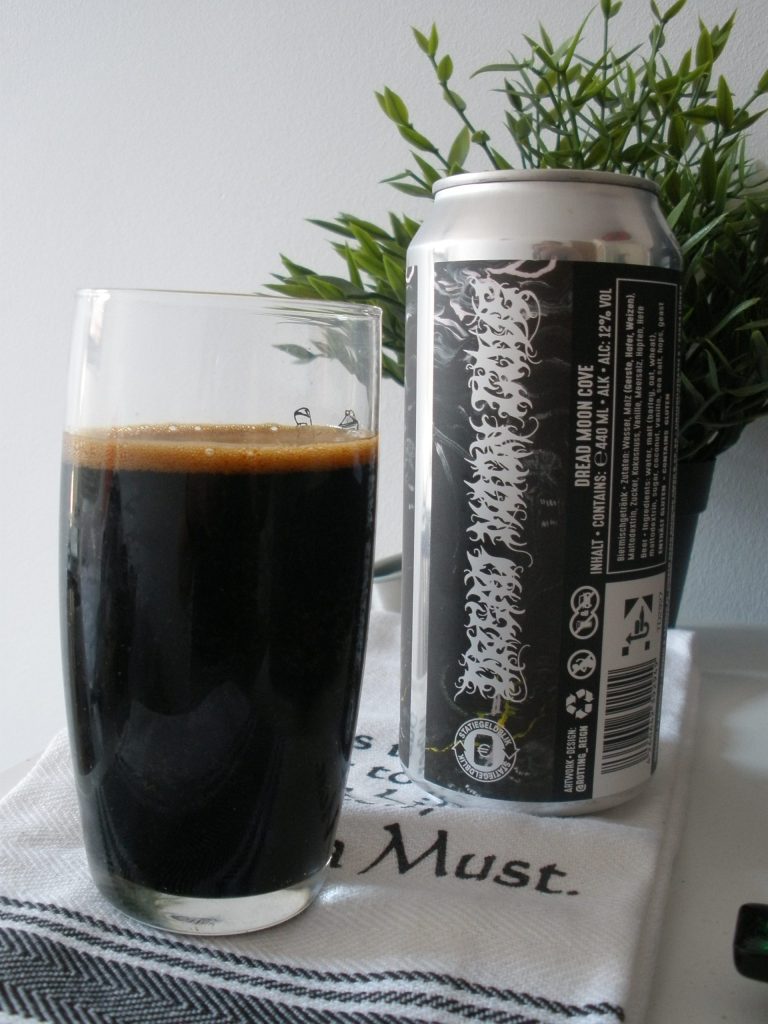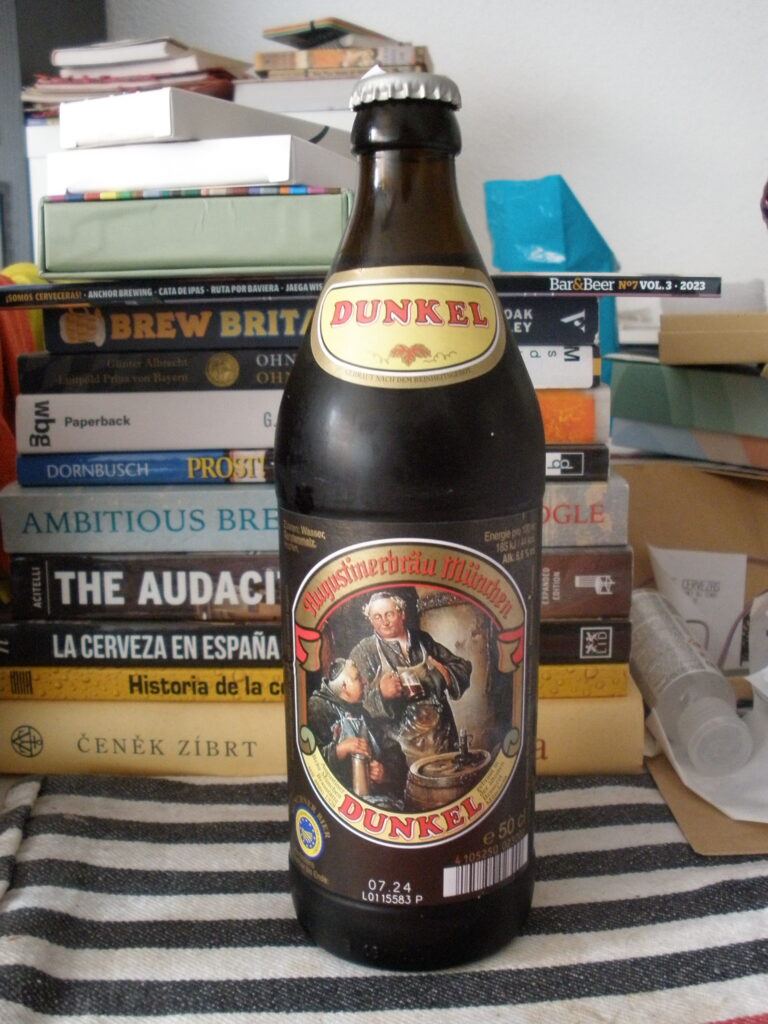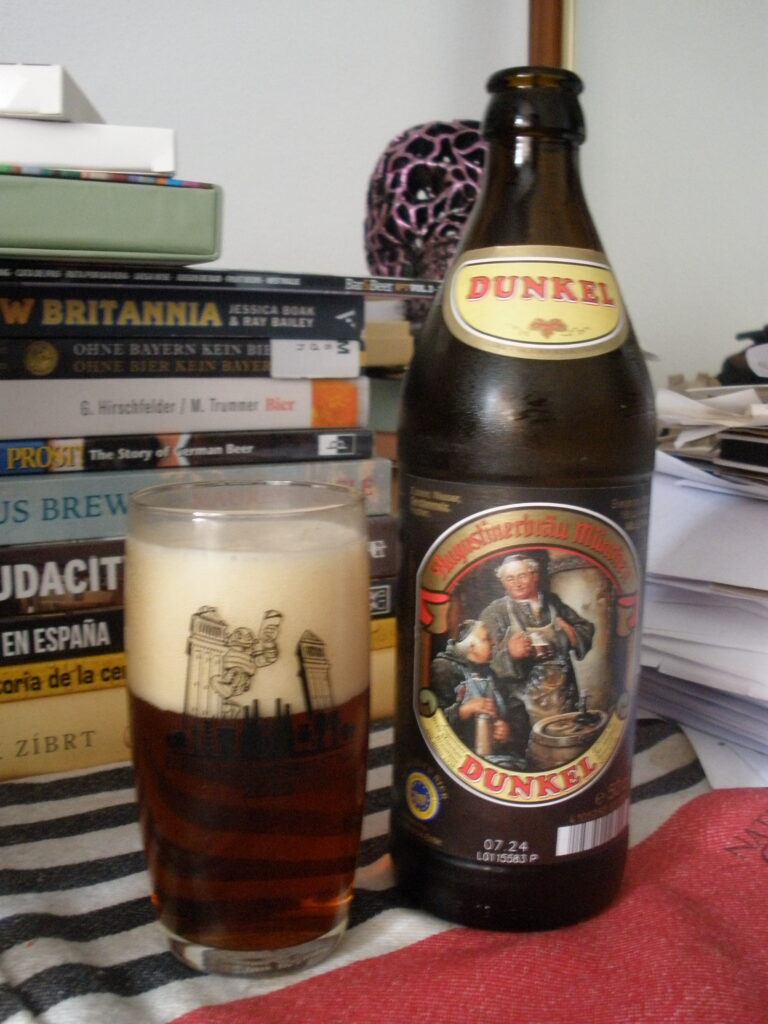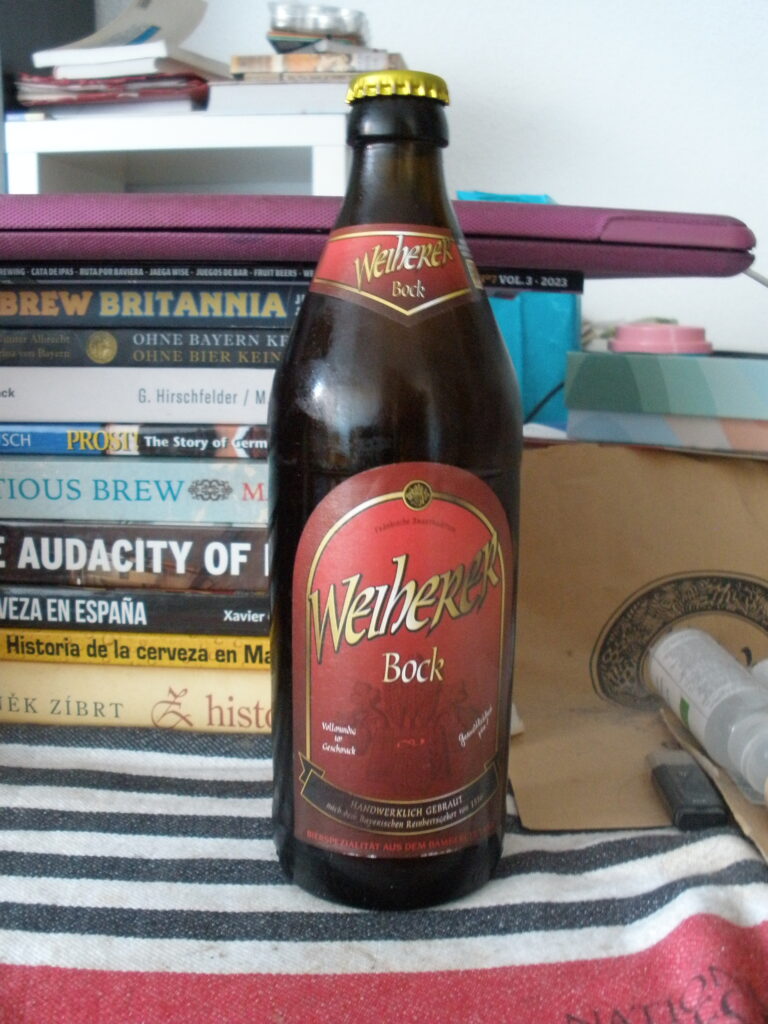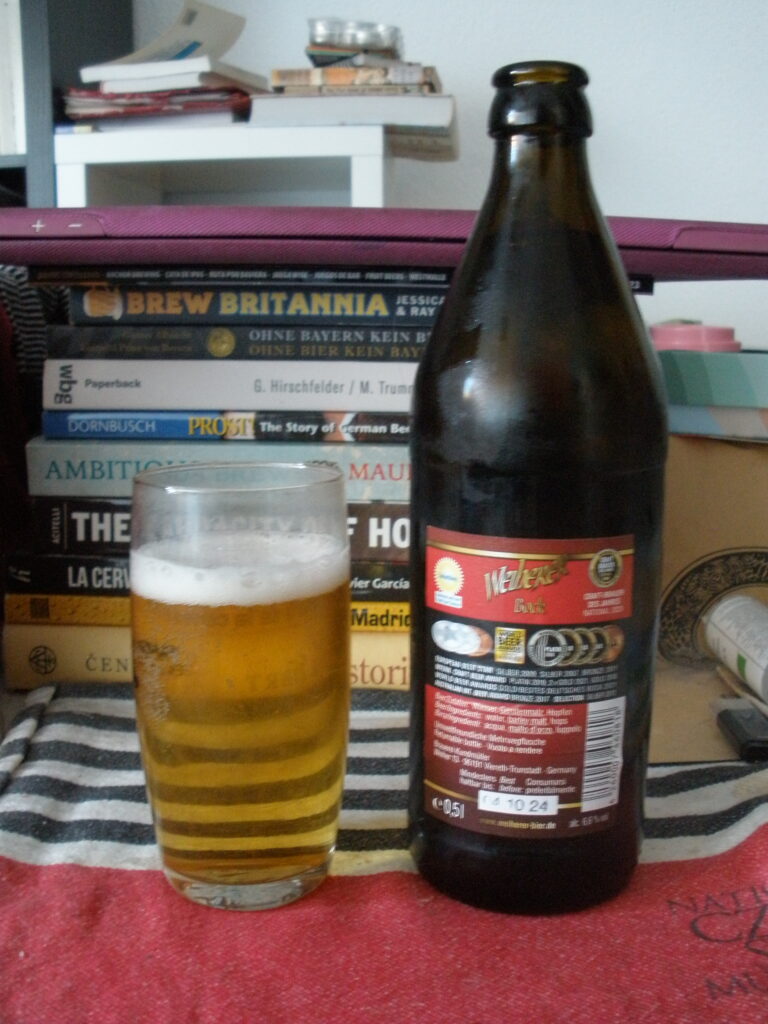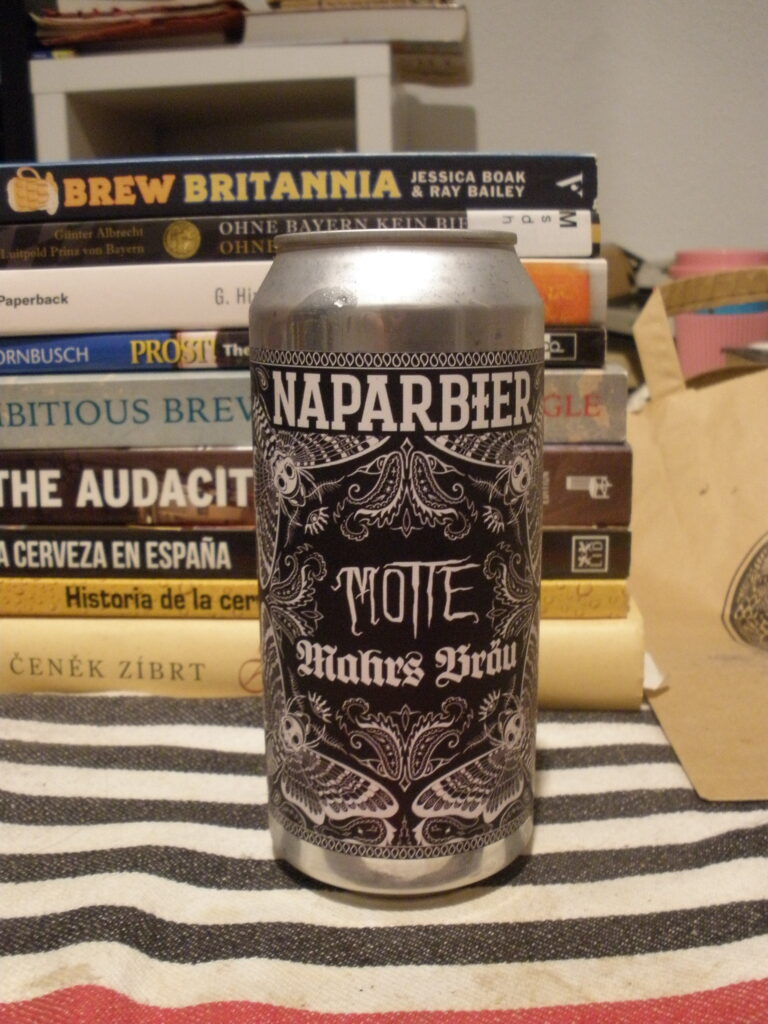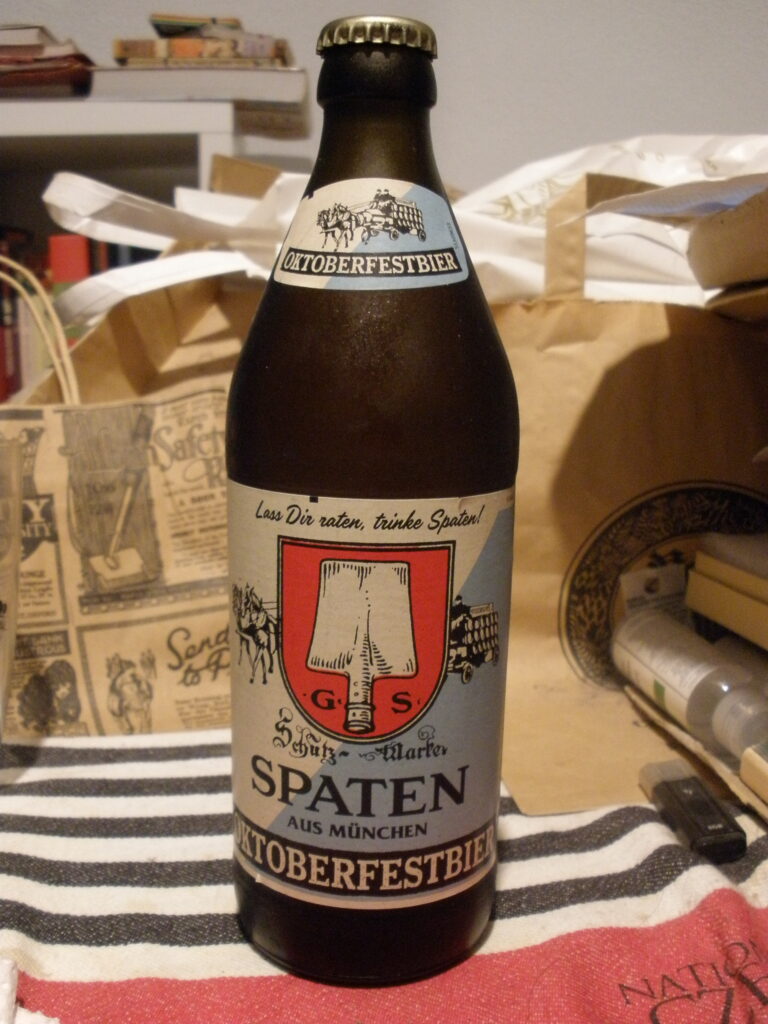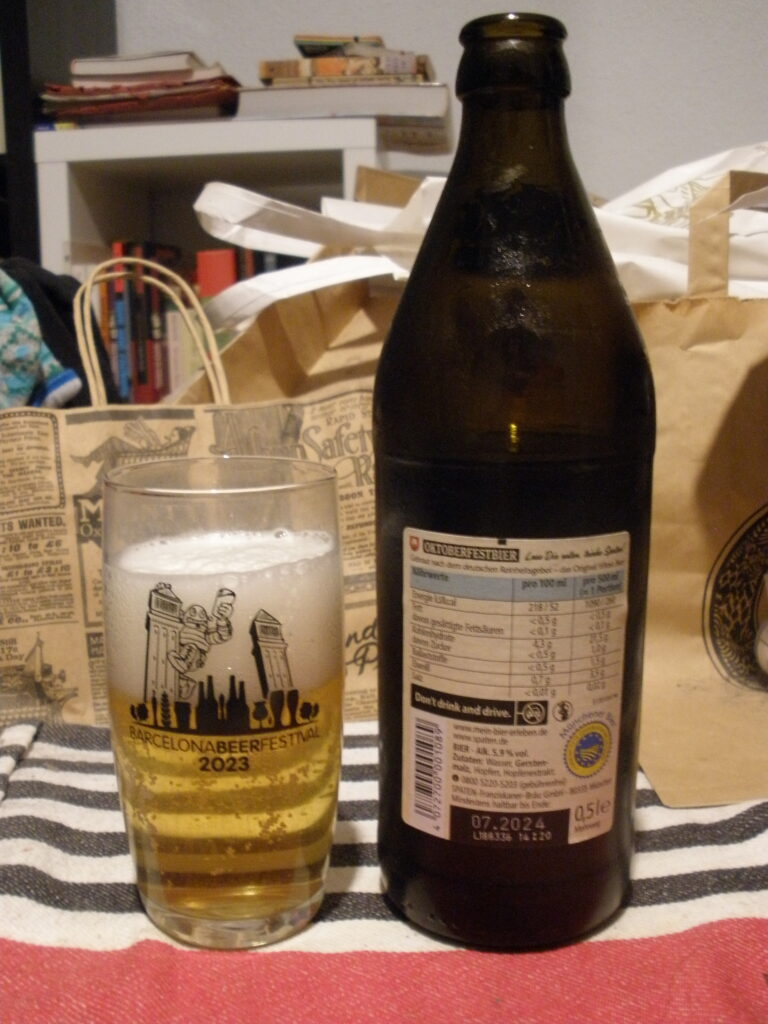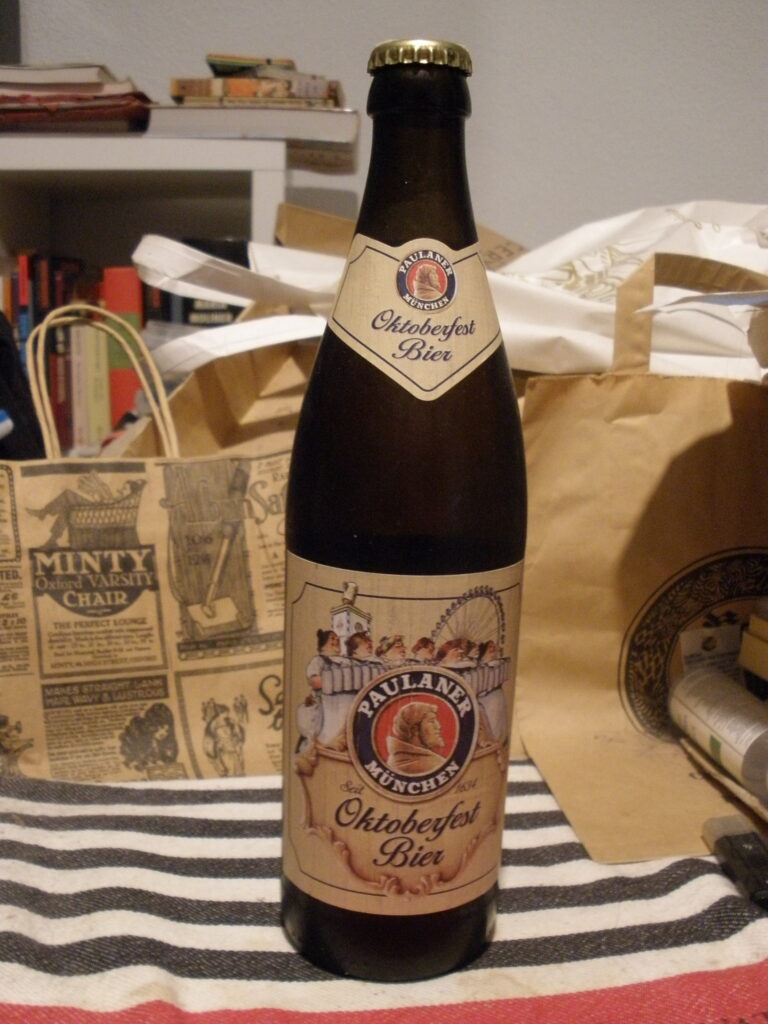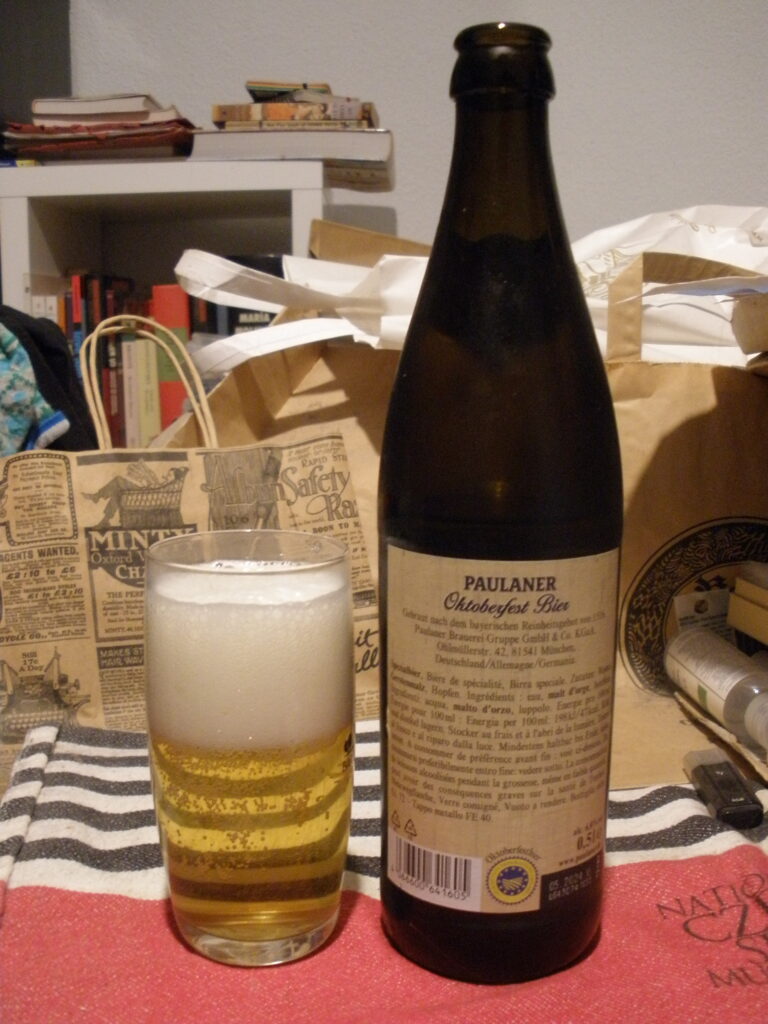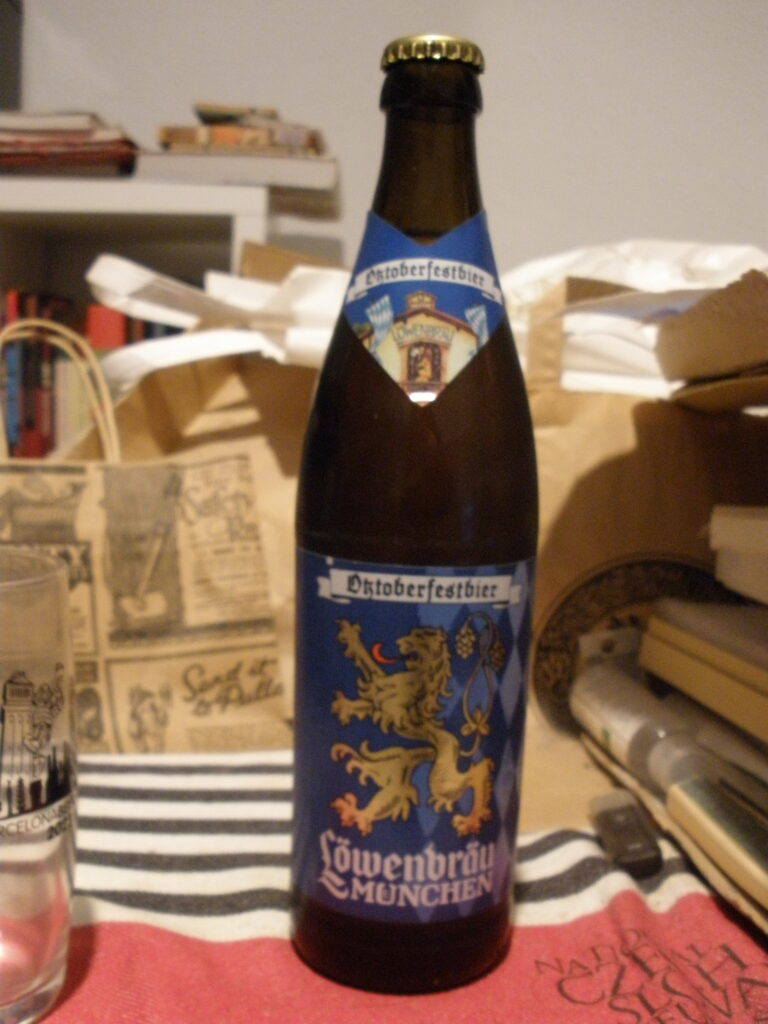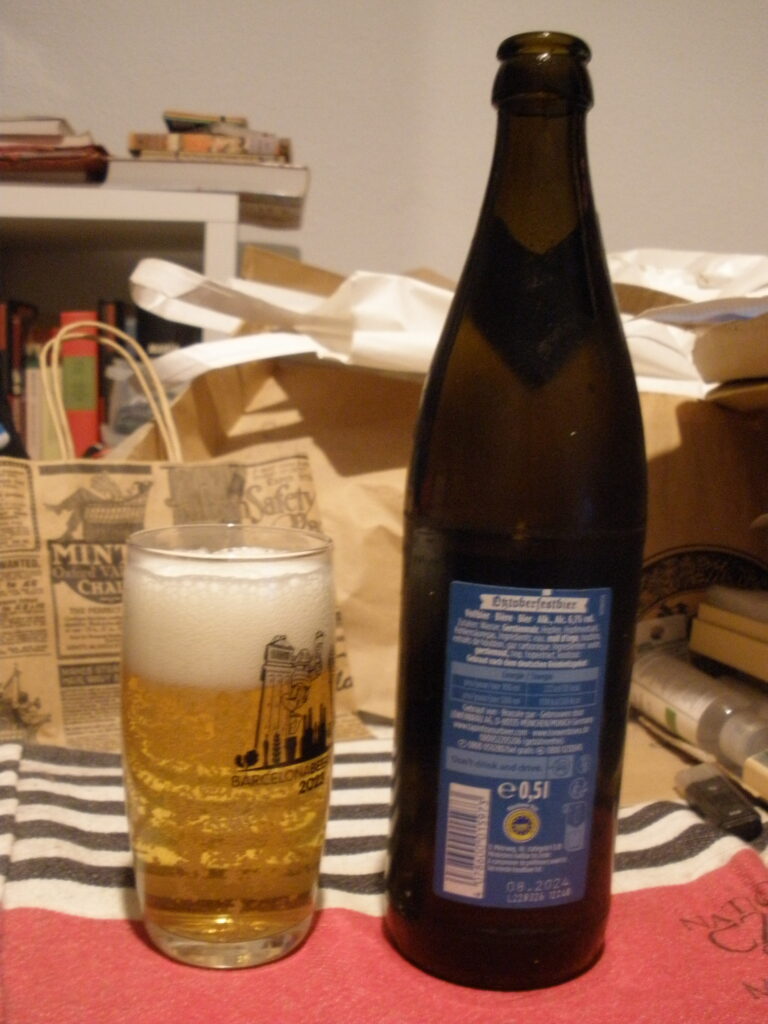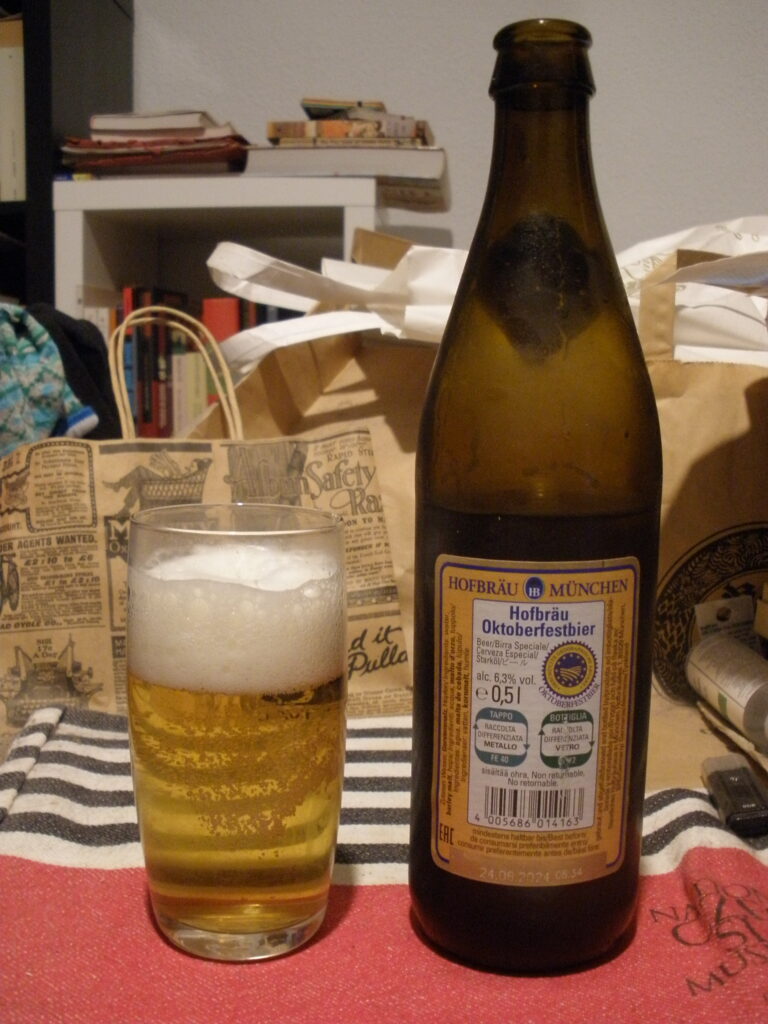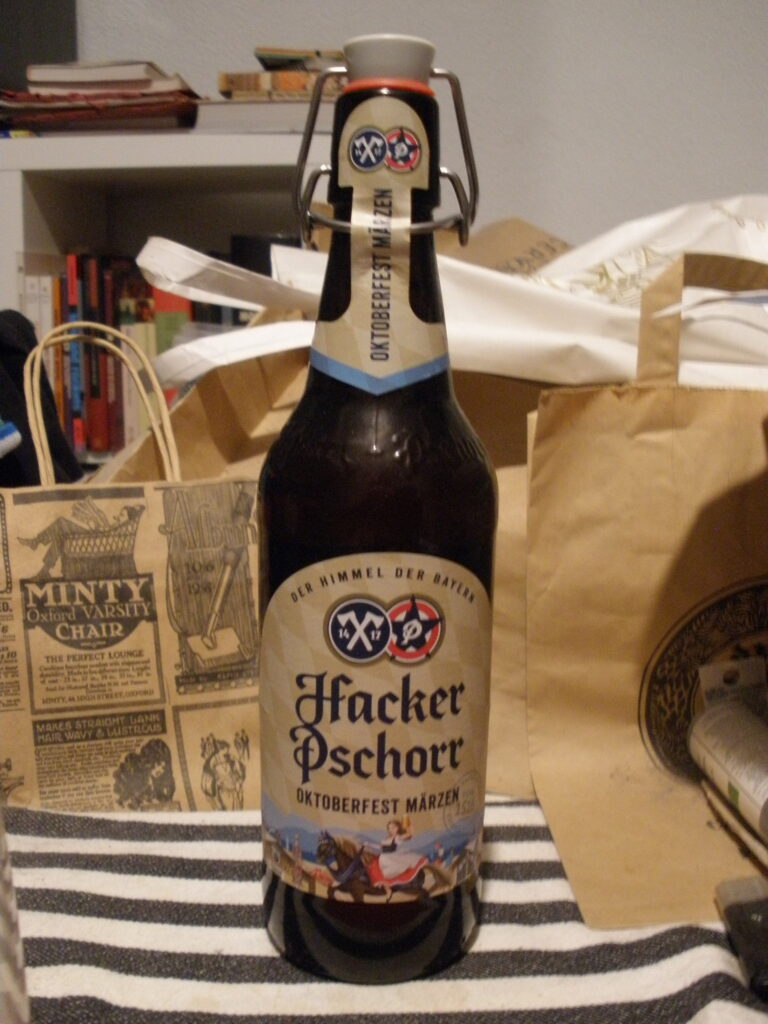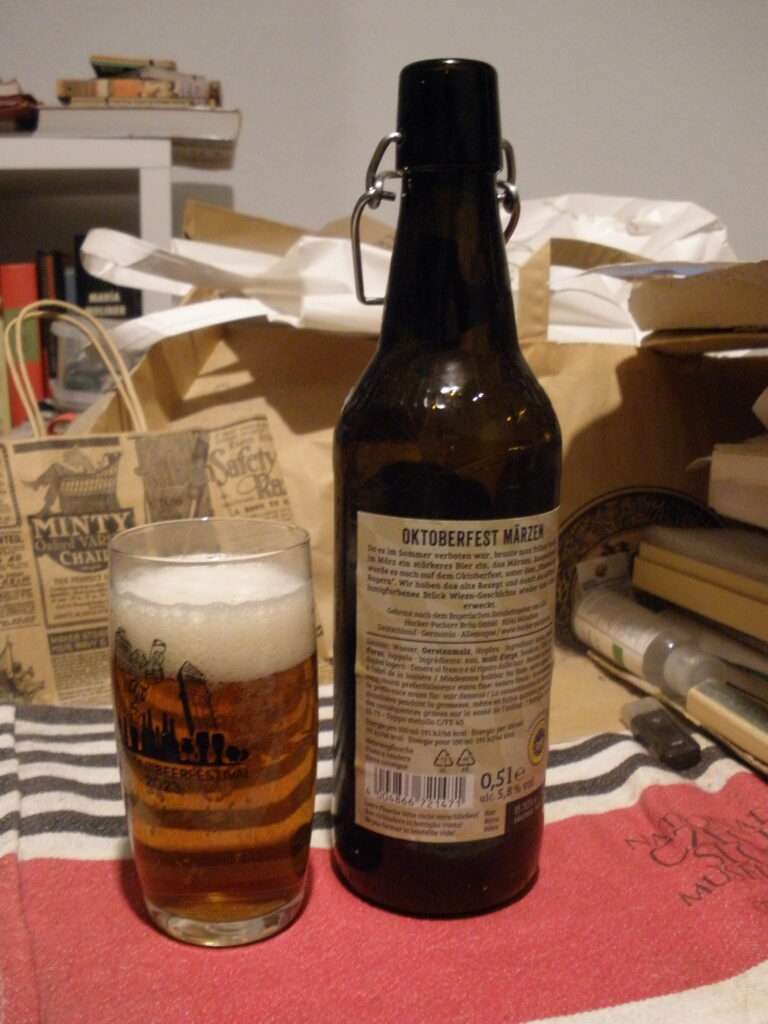what do you expect?
Picked up a few new gems from Hidden Beers, reopened after the summer holidays. I didn’t get my email in correctly though, so the exact prices have flown off into the ether. They’re a little over 6 euros each, that much I can be sure of. Close enough? I was hoping for more stouts or themed beers, but there wasn’t much to be had. There was this DDH double IPA, with a season appropriate design. Leave it to Germans to give us just what we need when we’re on a beer hunt. Sudden Death’s Devil In Disguise might burn a hole in my throat if DDH beers of the past have given me anything to go by. It might start out nice, you know, in disguise, but eventually that fiery devil will have to come out.
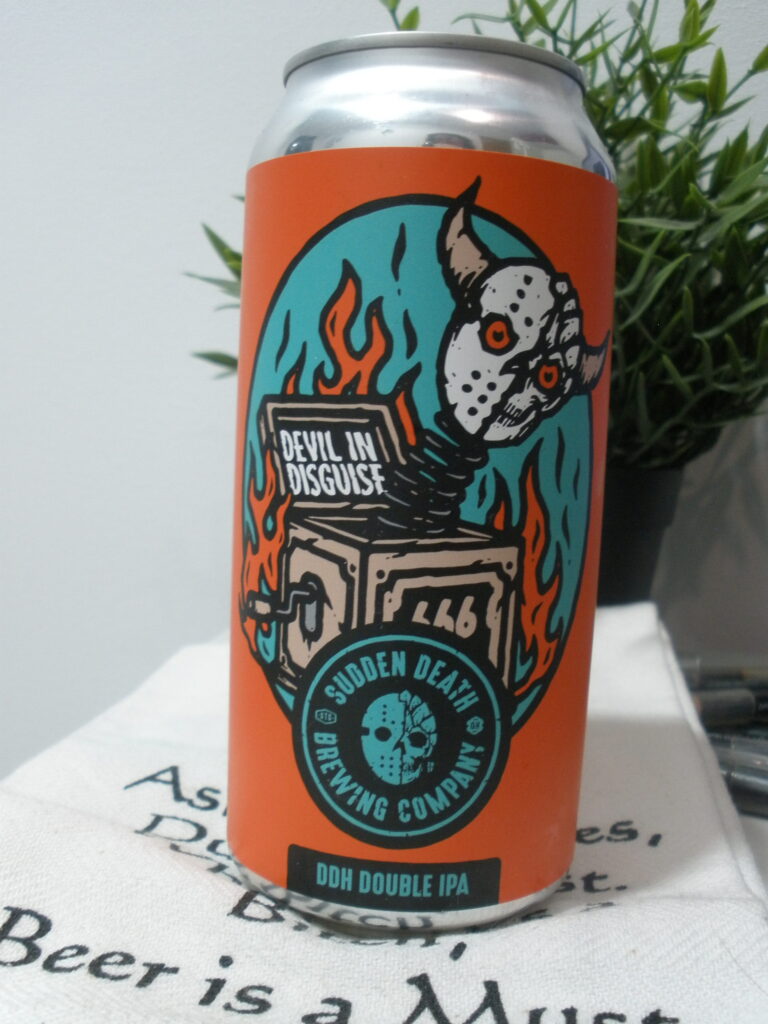
Bright and sunny looking liquid and frothy laundry-white head, this devil definitely appears friendly at first glance. The aroma is sweet on top but layered on nuttiness and savoriness. The savory comes out first in the flavor, followed by a melony feel and peachy finish. There’s some pith lurking in the aftertaste, but it’s very smooth in feel in general. It starts to develop almost a candy flavor, with a mix of lemon and butterscotch. It’s not the rough and tumble DDH I was expecting, but maybe that’s part of the disguise. Maybe there’s a big pile of grassy, caraway sediment on the bottom waiting to surprise me. No, there is not. The beer remains pleasant, smooth and weirdly desserty to the end. I don’t think I want to complain much about it though, it’s been unseasonably warm and a sugary treat gives you energy to get to the shade.
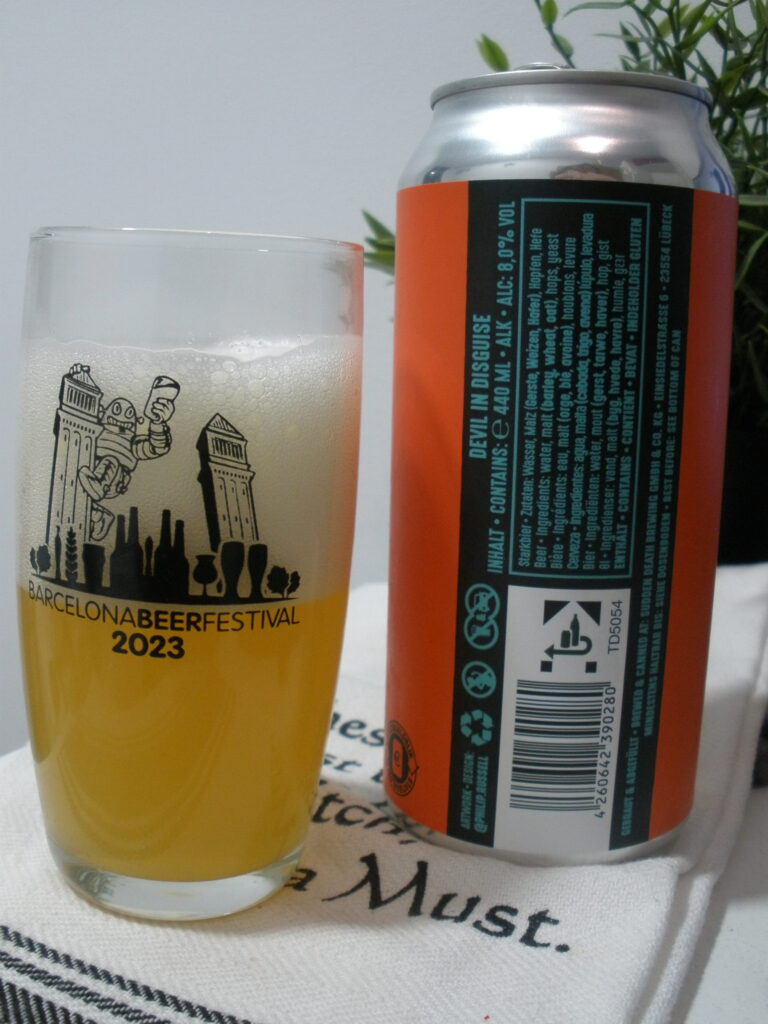
Supplier: Hidden Beers
Price: €6+
